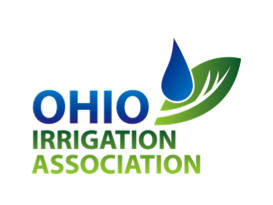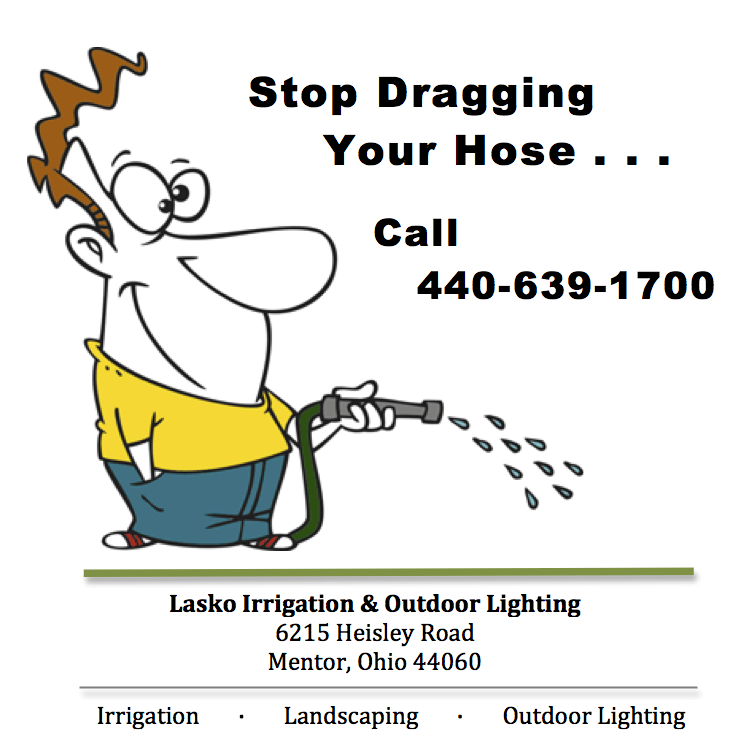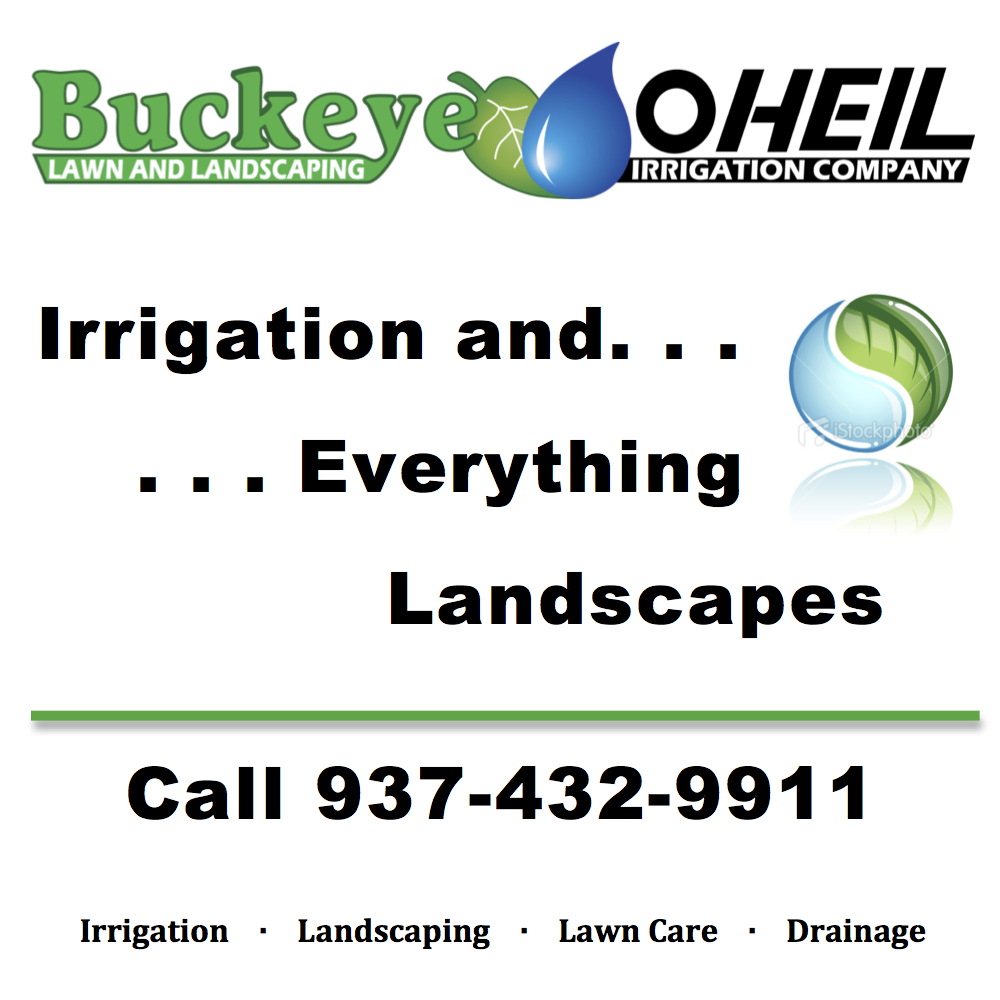A Discussion on CARES Act Loans,
Grants and Business Relief
Last week AmericanHort hosted a webinar titled, “A Discussion on the Coronavirus Aid, Relief, and Economic Security (CARES) Act — Loans, Grants and Business Relief.”
Two representatives from K·Coe Isom, Senior Associate Kala Jenkins and Federal Affairs Lead Brian Kuehl, led the discussion. Here’s a copy of the webinar and below is a summary of the presentation:

A Discussion on the CARES Act–Loans, Grants, and Business Relief
Key Provisions of CARES Act
The CARES Act became law on Friday, March 27, 2020. Everything is subject to change. The Act includes three stimulus bills:
- Phase 1: $8.3 million; economic injury disaster loan
- Phase 2: Families First response act (tax credits and labor issues)
- Phase 3: $2 trillion stimulus
- Paycheck Protection $349 billion; over an 8-week period (could become oversubscribed)
- Economic Injury Disaster Loans (EIDLs) $10 billion for
- $500 billion for economic stabilization
- $9.5 billion for agriculture; unclear how it will be used (green industries could be considered “specialty crops”)
- $14 billion for commodity credit corporation (payments for trade disruptions)
Paycheck Protection
Eligibility:
- Applies to small business, generally under 500 full-time and part-time employees
- Must certify that business has been impacted by COVID-19
- Funds must be used for payroll, mortgage or lease, and utilities—all incurred before February 15, 2020.
Loan Amount
Based on monthly average payroll for last year X 2.5 OR $10 million, whichever is less.
How to Define Payroll Costs
- Wages, salaries, commissions, tips (with $100,000 cap per employee)
- Employee benefits (vacation, sick leave, insurance, etc.)
- State and local income taxes
- Also applies to sole proprietor or independent contractor
Loan Forgiveness
- Must track payroll, mortgage interest or lease, and utilities during 8-week cover period
- After 8 weeks, apply for debt forgiveness from lender
- Debt forgiveness excluded from gross income
- Expect 75% of funds will be for payroll
- Must keep track of full-time monthly average of employees. Forgiveness amount can be reduced if 8-week cover period shows fewer employees compared to previous year, or if there’s been more than 25% reduction in salary and wages, unless employees rehired or salaries restored by June 30.
- Funds that are not forgiven termed out after two years with max. interest of 0.5%, payment deferred for 6 months
- Waiving: normal loan fees, denial of credit letter, personal guarantee, collateral
When to Apply
- Small business and sole proprietorships can apply April 3, 2020.
- Independent contractors and self-employed can apply April 10, 2020.
Other lenders may also be approved through SBA.
Economic Injury Disaster Loan (EIDL)
For businesses with working capital loss or revenue loss.
Eligibility: Businesses (includes sole proprietors, independent contractors, ESOPs and cooperatives) with no more than 500 employees (and small agricultural companies)
What It Covers:
- Repaying obligations that can’t be met
- Meeting increased costs due to demand
- Rent or mortgage
- Payroll
- Sick leave for COVID-19 victims
(EIDL can be used together with PIP loan, but cannot be used to cover the same expenses, such as payroll.)
Maximum loan amount = $2 million; amount of loan determined case by case.
Interest rate: 3.75% for small business; 2.75% for non-profit; maximum 30-year payback period.
Waiving: personal guarantee for loans less than $200,000; one-year in business requirement; denial of credit letter.
EIDL is not eligible for debt forgiveness, except for $10,000 maximum emergency grant for payroll protection.
QUESTIONS
How can existing loans be refinanced through PPP loan program?
SBA loans only may be refinanced depending on type of loan and date of closing.
How is 500 employee threshold determined?
- Businesses of 500 or fewer full-time and/or part-time employees
- Businesses of more than 500 full-time and/or part-time employees with certain NAICS code available on SBA website.
- Provisions for seasonal staff: Avg monthly payroll is for 12-week period beginning 2/15/19 and ending 6/30/19.
What about affiliates? Should they be treated as a single entity when applying?
Affiliation requirements are waived for some classes of businesses. Would depend on how business is structured.
Important to step back and take a diagnostic assessment of all business program before applying, as you may not be eligible for other programs. Develop a strategy.
Can funds be used to pay H2A contracted workers?
Cannot apply payroll funds toward labor contractor. H2A workers are considered to be living outside the U.S. and not eligible.
Can businesses take the loan and forego forgiveness?
Yes, but you still must abide by loan eligibility requirements.






